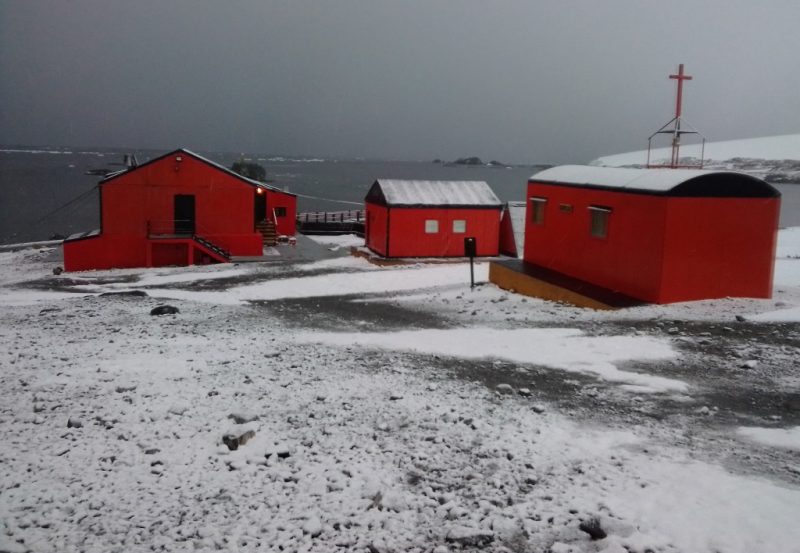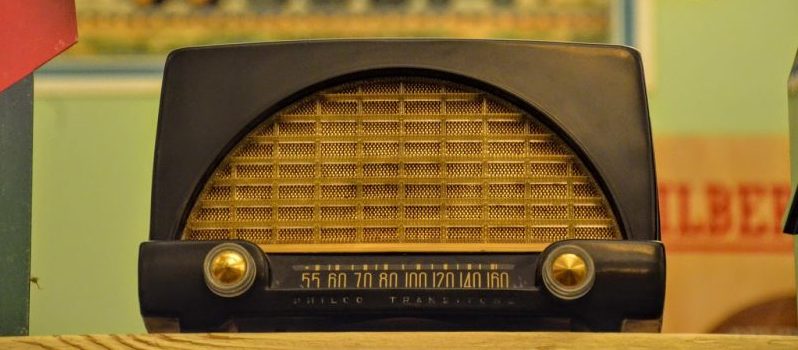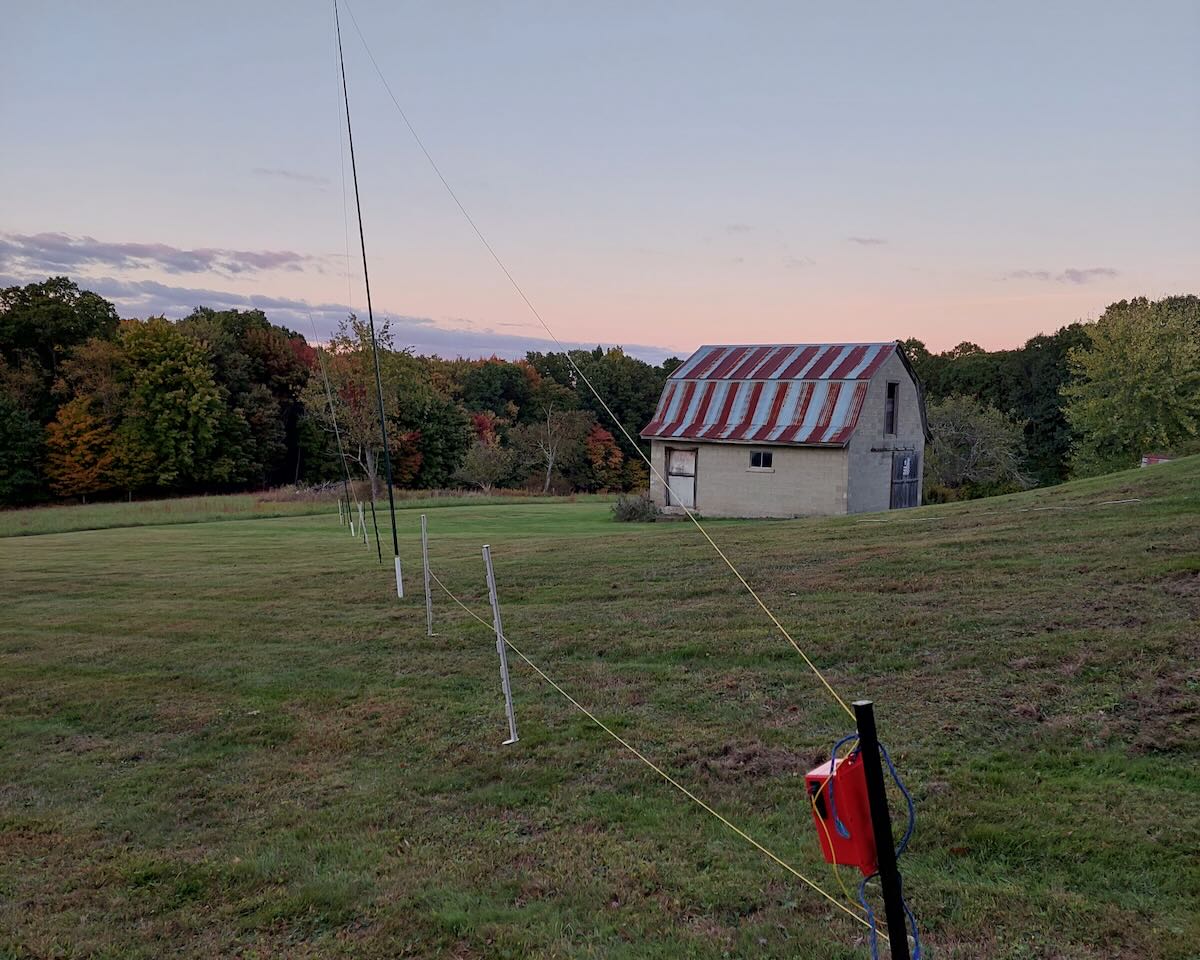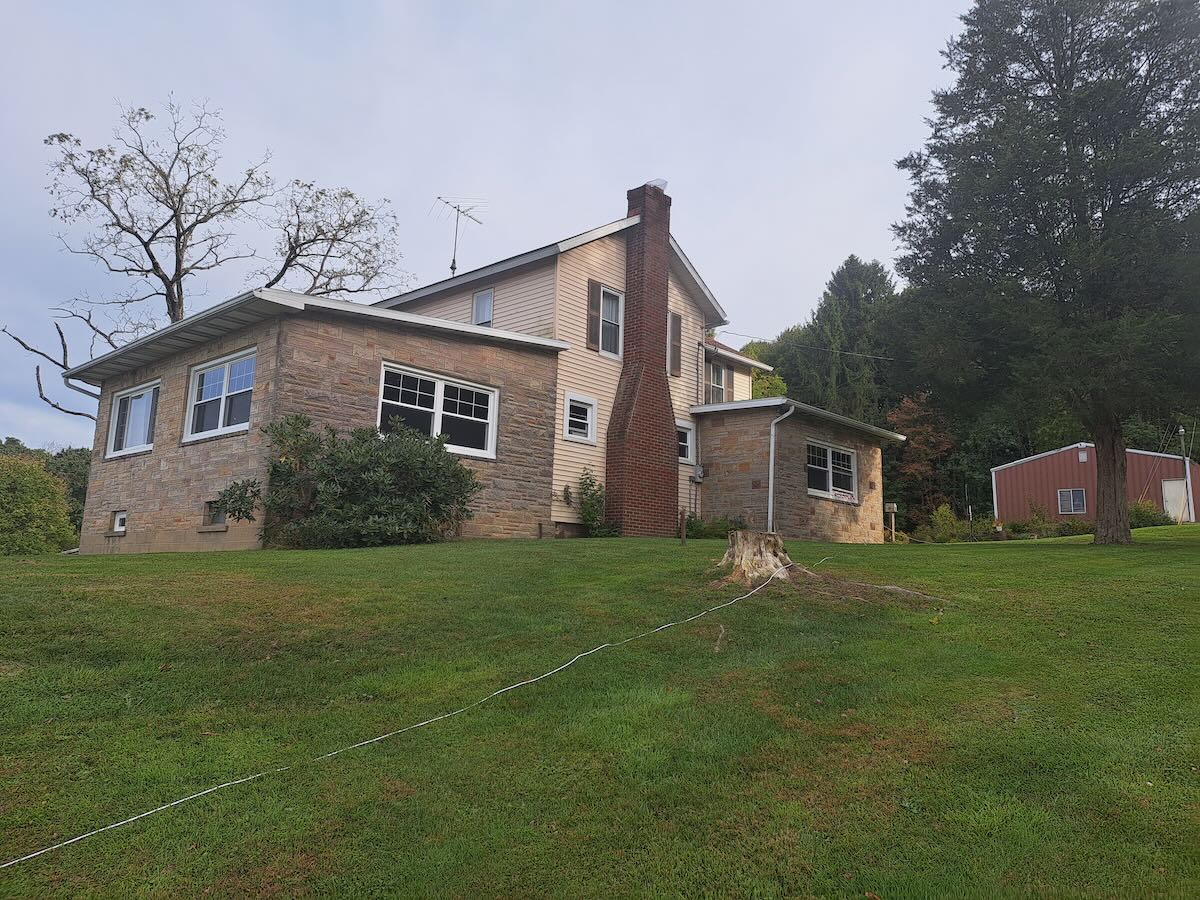Radio Waves: Stories Making Waves in the World of Radio
Welcome to the SWLing Post’s Radio Waves, a collection of links to interesting stories making waves in the world of radio. Enjoy!
Many thanks to SWLing Post contributors Dennis Dura (K2DCD), Ulis (K3LU), Blake (K8LSU) for the following tips:
Radio history was made in Binghamton and one landmark still stands (Press Connects)
It was 1913, the year of the Binghamton Clothing Company Fire, and the year after the Triangle Shirtwaist Fire and the sinking of the Titanic.
Several major disasters that had left the region and the nation reeling from the loss of human life amidst a growing industrial base in the country. Thousands of immigrants were arriving to find new lives and work among the huddling masses. Many of those would make their way to the Binghamton area to find employment in the many cigar and shoe factories scattered on the landscape.
It was important to find a feel-good moment in the ever-rapidly increasing technology world that was changing the way we performed our work and lived our lives. Communication growth was one aspect of those changes. The number of newspapers and their influence was important, but so was the development of what we today call radio – originally known as wireless telegraphy, using radio waves to transmit telegraphic signals from point to point.
The first practical incarnation of wireless telegraphy was created by Guglielmo Marconi of Italy. The discovery of those waves had been made only about two decades prior to his use of those to transmit telegraph signals. In 1897, he formed the Wireless Telegraph & Signal Company in the United Kingdom. The company would later be called the Marconi Wireless Company, and continued to work on the ability to send these wireless signals farther and farther. Eventually, he also worked to see if these signals could be transmitted and received by moving objects, such as ships at sea and railroad trains. [Continue reading…]
Broadcast Signal Intrusions: When TV or Radio Stations Get Hacked (96.1 The Eagle)
Orson Welles’ contrived The War of the Worlds news bulletin “interrupted” a radio broadcast in 1938 to advise terrified listeners that aliens had invaded the Earth. As many as 12 million people were tuned in, according to NPR – and perhaps a million of them apparently worried that it was actually happening.
We’ve gained historical perspective on the stunt, even while the way we consume media has vastly changed over the decades that followed. Critics would later downplay the impact of The War of the Worlds, with some arguing that newspapers purposely over-sensationalized the broadcast to cast doubts on the trustworthiness of then-new technology that was siphoning off ad revenue.
What’s clear is that signal intrusions – including unauthorized hijacking of radio, television or satellite feeds – have continued ever since. They’ve served a variety of purposes, as you’ll see on the following list. Many were a form of political protest, while others were just looking to have a little fun. All of them trace back in some way to Welles’ fateful “interruption.”
Southern Television Broadcast
Nov. 26, 1977, England
Viewers of an early evening Southern Television broadcast in England were alarmed when an electronic voice purported to represent the “Ashtar Galactic Command” overtook the audio of a news segment for a full six minutes. The message, which was accompanied by a pulsating sound and eerie distortions, said: “For many years, you have seen us as lights in the sky. We speak to you now in peace and wisdom as we have done to your brothers and sisters all over this, your planet Earth.” This strange voice went on to advise humanity to “abandon its weapons” in order to participate in a “future awakening” and “achieve a higher state of evolution.” It also warned viewers that government officials weren’t who they claimed to be, and that they were leading the unwitting public into a New World Order. The hack ended with a final message: “Have no fear, seek only to know yourselves, and live in harmony with the ways of your planet Earth. We hear at the Ashtar Galactic Command thank you for your attention. We are now leaving the planes of your existence. May you be blessed by the supreme love and truth of the cosmos.” The interruption prompted a flood of phone calls from an understandably concerned audience then living under the threat of Cold War. A local newspaper said “thousands” of viewers were horrified; one man described the experience as “very eerie indeed” and said it “sounded very authentic.” A woman said she had to call her friends to make sure she wasn’t “hearing things,” adding that “it sounded like a genuine voice from outer space and was quite frightening.” An investigation revealed the Independent Broadcasting Authority’s Hannington transmitter had rebroadcast the signal from a nearby, unauthorized transmitter. The mastermind behind it all was never identified.
Read More: Broadcast Signal Intrusions: When TV or Radio Stations Get Hacked.
Long Island CW Club on BBC Radio 4
Howard (WB2UZE) with the Long Island CW Club was interviewed on the BBC Radio 4 program PM.
Although the show has already aired, you can listn to it for the next few weeks on BBC Sounds by clicking here.
Note that the segment with Howard starts at 51:42.
Keith (GW4OKT) captured the live, off-air recording of this segment via his Icom IC-705:
Click here to listen on YouTube.
Blocking radio waves and electromagnetic interference with the flip of a switch (Phys.org)
Researchers in Drexel University’s College of Engineering have developed a thin film device, fabricated by spray coating, that can block electromagnetic radiation with the flip of a switch. The breakthrough, enabled by versatile two-dimensional materials called MXenes, could adjust the performance of electronic devices, strengthen wireless connections and secure mobile communications against intrusion.
The team, led by Yury Gogotsi, Ph.D., Distinguished University and Bach professor in Drexel’s College of Engineering, previously demonstrated that the two-dimensional layered MXene materials, discovered just over a decade ago, when combined with an electrolyte solution, can be turned into a potent active shield against electromagnetic waves.
This latest MXene discovery, reported in Nature Nanotechnology, shows how this shielding can be tuned when a small voltage—less than that produced by an alkaline battery—is applied.
“Dynamic control of electromagnetic wave jamming has been a significant technological challenge for protecting electronic devices working at gigahertz frequencies and a variety of other communications technologies,” Gogotsi said.
“As the number of wireless devices being used in industrial and private sectors has increased by orders of magnitude over the past decade, the urgency of this challenge has grown accordingly. This is why our discovery—which would dynamically mitigate the effect of electromagnetic interference on these devices—could have a broad impact.”
[Continue reading at Phys.org…]
Do you enjoy the SWLing Post?
Please consider supporting us via Patreon or our Coffee Fund!
Your support makes articles like this one possible. Thank you!









